Story
Last year a single opportunity arose to acquire this rare and beautiful tapestry, previously thought lost to history. In just 12 months the tapestry has won hearts and imaginations worldwide, and over £1m has been raised in ‘match funding’ to support a fast-tracked bid to the National Lottery Heritage Fund. The generosity of people, organisations and companies has been astonishing.
With our initial target in place, we continue to raise funds for conservation and study, once the tapestry returns to the UK.
There are two reasons why objects form the fabric of a nation. One is they are exceptional pieces of art; the other is because they have a particular resonance in the story of the nation. Here, both are the case... Besides being the ‘Holy Grail of Tudor tapestry’, this tapestry is effectively the birth certificate of the Church of England.
Jonathan Ruffer, Founder, The Auckland Project
This glorious tapestry is not only of supreme artistic importance, but it also sheds new light on our understanding of Henry VIII... Created as the monasteries were being dissolved, this tapestry reveals a whole new aspect of Henry VIII’s faith and grandiosity. And it reminds us of the violence of the Reformation in England – religious change came at a cost...
Suzannah Lipscomb MA MSt DPhil Oxf, FSA, FRHistS
About the Tapestry
In 1534/5 Henry placed an extravagant commission for a set of tapestries depicting episodes in the life of St Paul, to be woven in gold. At Henry's request the order included an additional scene of St Paul overseeing the burning of 'heathen books' at Ephesus: a scene from the Bible where Christian converts burn books of sorcery.
After 1770 the whole set of tapestries disappeared from records, and all 9 tapestries were believed to be lost to history, possibly destroyed to retrieve the valuable metal in the thread. In 2014, researchers made an astounding discovery - the 'Burning of the Books' tapestry, Henry’s special request, in excellent condition and in a collection in Spain.
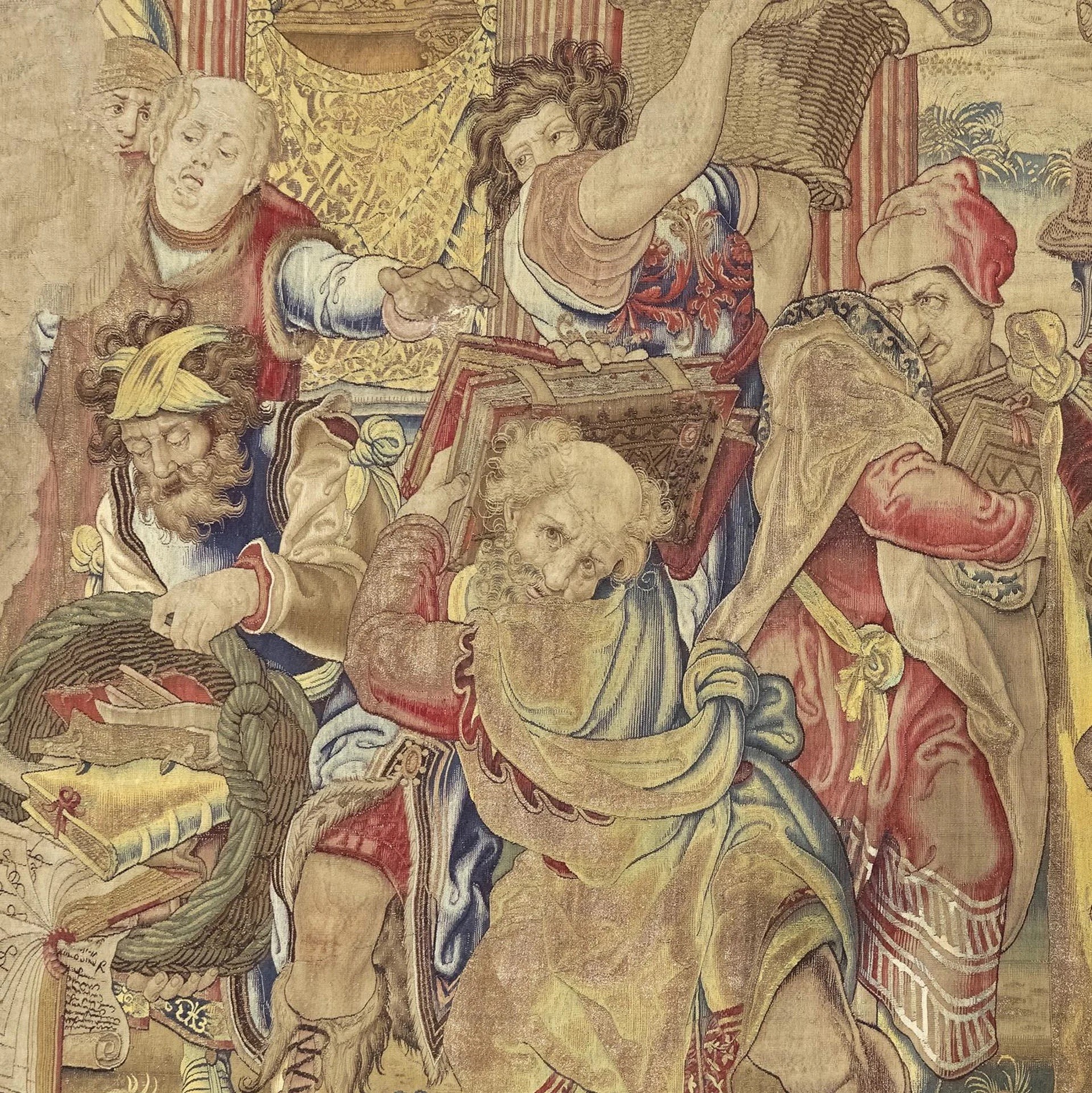
Why is the tapestry so important?
Henry VIII used textiles, and especially tapestry, to convey power and status: on his death he owned 2,400+ tapestries. At this time tapestry – not painting – was the most costly and prestigious medium. The Life of St Paul tapestry series, with its unusually lavish gold content, represented the highest achievement of this art form. Expert Simon Franses states this is “the greatest renaissance tapestry to appear on the market in several generations”.
The tapestry is the masterpiece of designer Pieter Coecke van Aelst, demonstrating his architectural knowledge and experience of Italian Renaissance art. His design is recreated in thread by skilled Flemish weavers. The bold composition with the books tumbling forward and buildings visible through billowing, translucent smoke represents a “superlative example of the collaboration between the great designer and great weavers” (Elizabeth Cleland, European Decorative Arts Curator, Met NY) and “the highest achievement of tapestry weaving” (Simon Franses, Tapestry expert).
It is known that Henry requested this scene specifically, shortly after his 1534 Act of Supremacy and immediately before the Dissolution of the Monasteries, when he issued a series of proclamations against seditious or heretical books. The burning of the books at Ephesus provided Henry, himself regularly ordering the public burning of ‘heretical’ books, with Biblical precedent. It is likely he requested the scene for this reason, allying himself with St Paul.
Henry VIII had this huge tapestry collection that has almost entirely disappeared. This just transports you back in time... Not only is this the only surviving piece of one of the most expensive and iconographically important sets in Henry's collection, but the subject has such resonance in the history of the country.
Thomas P Campbell, Director of the Fine Arts Museums of San Francisco
How will the tapestry return to Britain?
The tapestry will cost a little over £4m to buy: a valuation which has been confirmed as fair by independent experts.
The Zurbaran Trust, The Auckland Project’s collections charity, has applied for a major grant from the National Lottery Heritage Fund covering £3m of the cost. We have been challenged to raise £1m in match funding to demonstrate a national will to bring it home. Every donation, every share on social media, and every message of support, helps us achieve this.
The Zurbarán Trust holds collections in trust for The Auckland Project. This is a registered charity (charity number 1146437) which owns all collections displayed at Auckland Project venues. The tapestry would be displayed carefully to protect its condition, likely for months at a time rather than continuously. A comprehensive condition management plan will assure the tapestry's future.
It is an extraordinary and rare piece of art.
The Most Reverend Justin Welby, Archbishop of Canterbury
Why Auckland Castle?
The tapestry was discovered in Spain, and is subject to an Export Ban preventing its sale beyond. The Spanish Ministry of Culture has generously suggested that an overseas sale will be permitted, but only if the purchaser is a ‘suitable institution’ with a historic link to the tapestry. Auckland Castle has such a link, both via the Prince Bishops of Durham, and in a new Faith Museum exploring 6,000 years of faith in Britain.
Auckland Castle is linked to Henry VIII via the Prince Bishops. Cardinal Wolsey, Henry’s Lord Chancellor, was a Prince Bishop of Durham. Bishop Cuthbert Tunstall, another Prince Bishop of Durham, was instrumental (as Bishop of London) in burning copies of Tyndale’s Bible. Auckland Castle was raided by Henry’s men in 1534 – around the same time the tapestry was ordered – to seek proof Tunstall was assisting Catherine of Aragon.
Auckland Castle is also home to a new Faith Museum, housed in a landmark extension.
Visitors will therefore be able to see the tapestry within its historical context and alongside artefacts closely associated with this era: a rare copy of a Tyndale bible, and a portrait of Sir Thomas More in the last week of his life, for example. Through the museum’s explorations of wider themes such as belief, society and power, visitors can consider the tapestry and how it reflects timeless issues of censorship, freedom of speech, iconoclasm and personal transformation.
The Faith Museum is a safe home for a treasure of this calibre. The building meets the environmental and security conditions required by the Government Indemnity Scheme, and is conditioned in line with the Bizot Green protocol with 24/7 security, delivered by our Operational Control Centre. Professional advice has been, and will continue to be taken, on conserving the tapestry’s condition and better understanding its creation and history.
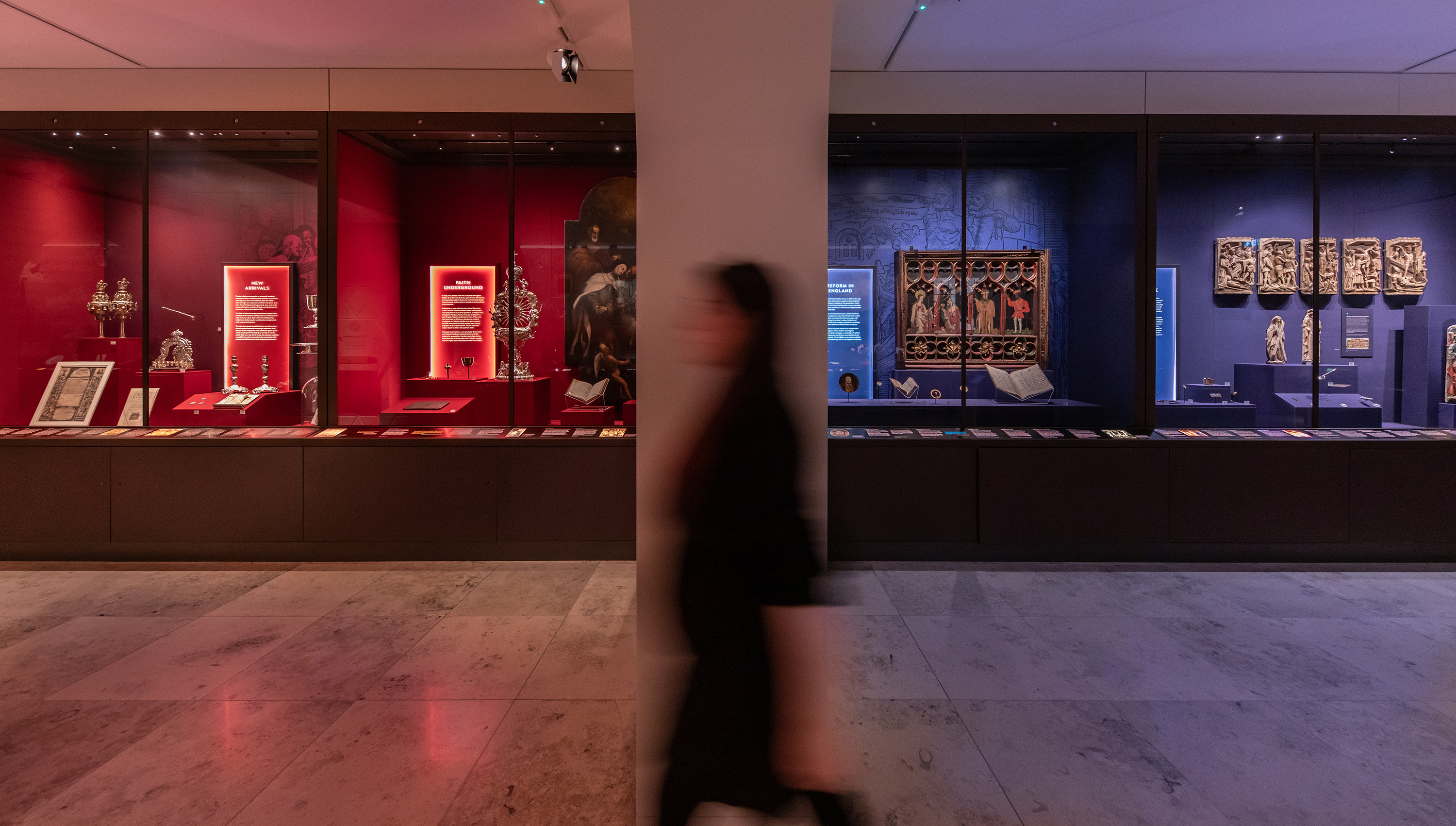
Above: the new Faith Museum, exploring 6,000 years of belief
Below: A Tyndale Bible on display at the museum; only a handful survived public burnings under Henry's reign.
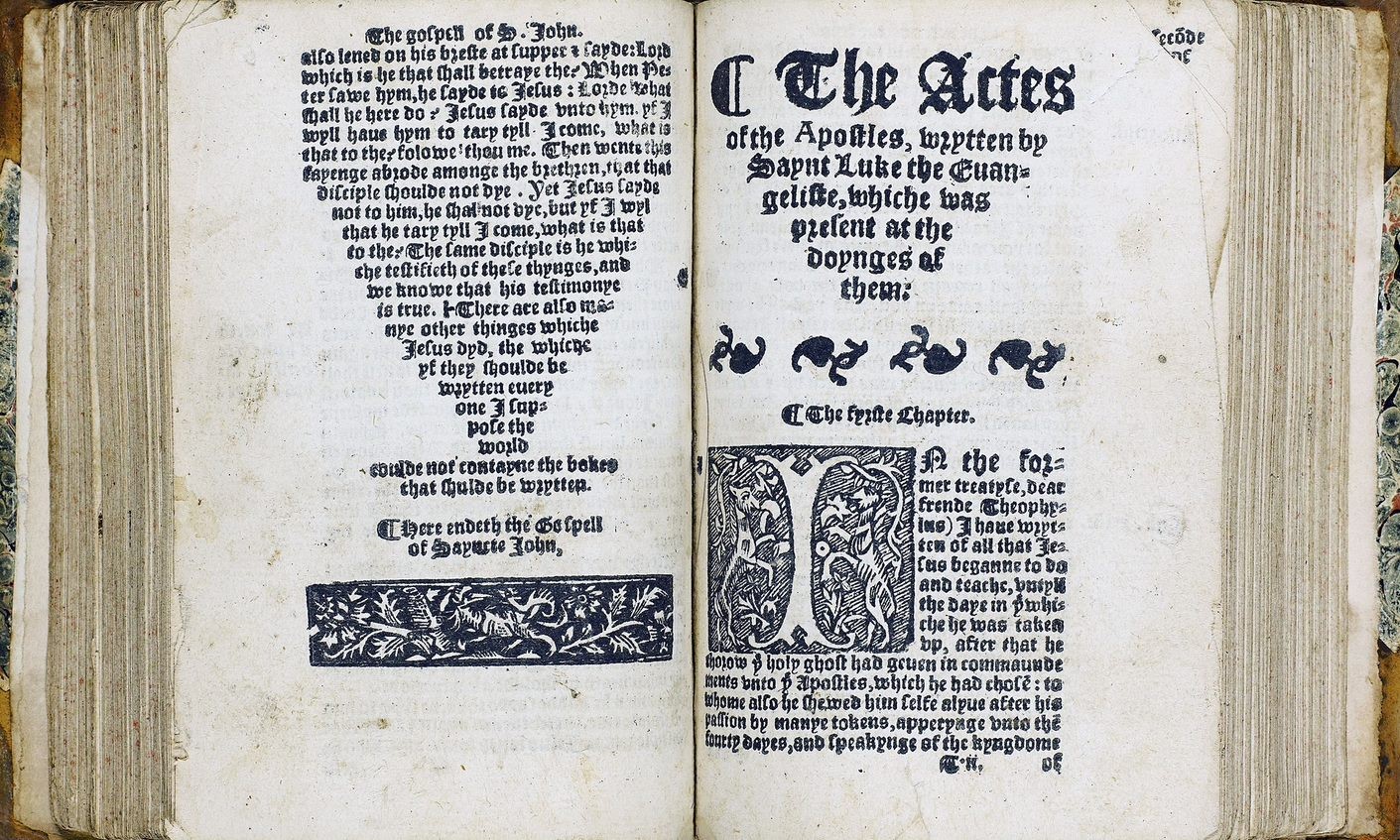
Why is there an Export Ban on the tapestry?
Countries (including the UK) use Export Bans to protect historic and artistic treasures from being sold overseas. Even though this tapestry was not woven in Spain, it was identified in Spain as being of exceptional quality and history. Therefore it was placed under an Export Ban as a matter of course, preventing its sale outside Spain.
The Spanish Ministry of Culture has been generous in considering to lift the ban if the tapestry is purchased by a suitable institution here. If it is not purchased by the Zurbaran Trust, it can be freely sold in Spain and would be unlikely to ever return to Britain.
News and updates
Read more about the tapestry and The Auckland Project here.
Read about the Faith Museum and the tapestry in the Telegraph here.
Read about the campaign in the Spectator here.
Read about the campaign in Church Times here.
Read about the campaign in The Times here.
Listen to BBC Radio 4's Front Row feature on the tapestry here.
Listen to a full-length feature on the tapestry in the 'Not Just the Tudors' podcast with Professor Suzannah Lipscomb here.
Listen to a full episode on the tapestry on the Tudors Dynasty podcast with Dr Emma Cahill Marron here.
Watch a short film about our community exploring the tapestry here.

Terms
Please note, donations are accepted for the purpose of the acquisition of the tapestry, "The Burning of the Heathen Books". If for any reason this acquisition cannot go ahead, The Zurbaran Trust will retain the funds for the purpose of other acquisitions of art and artefacts.
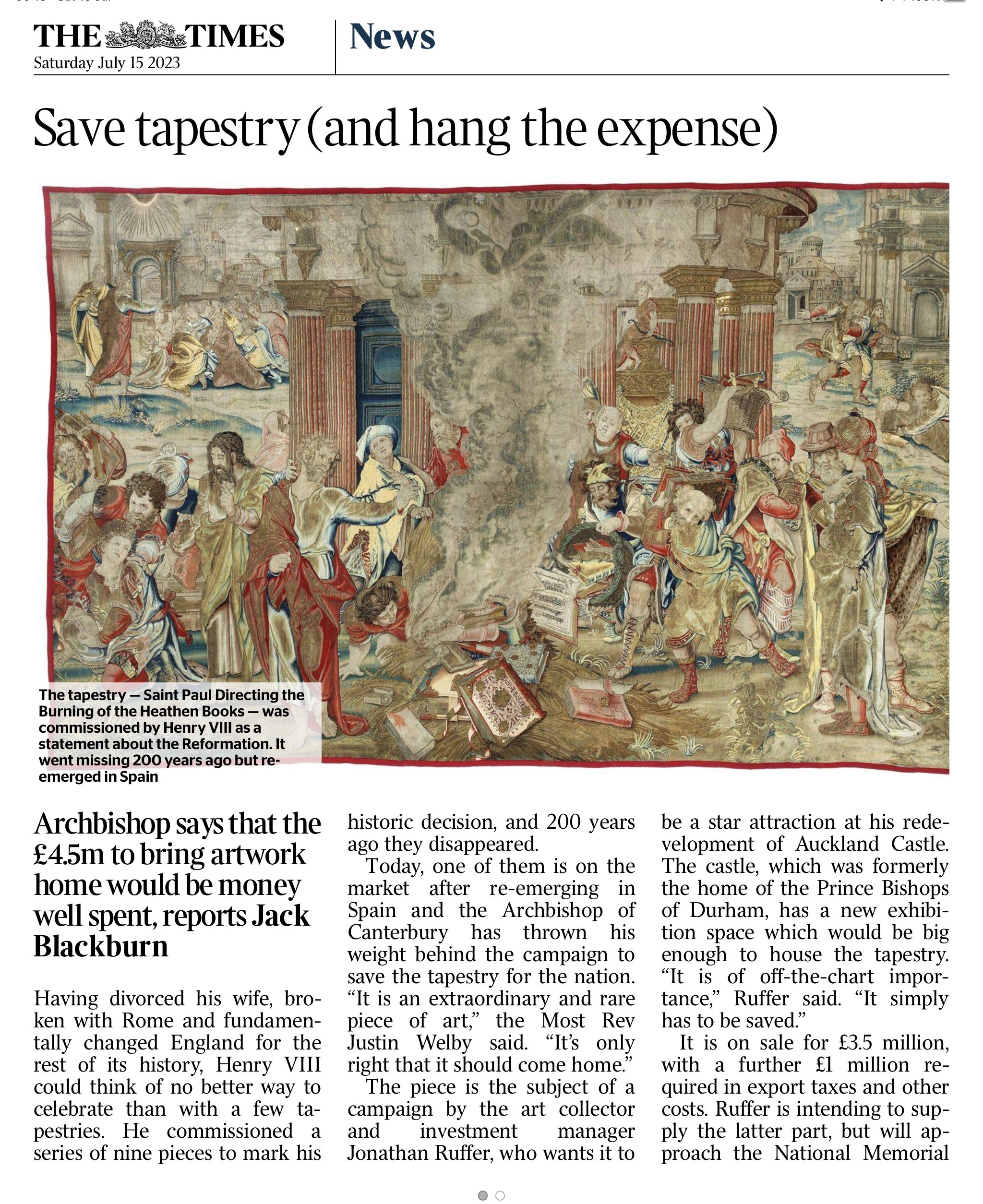

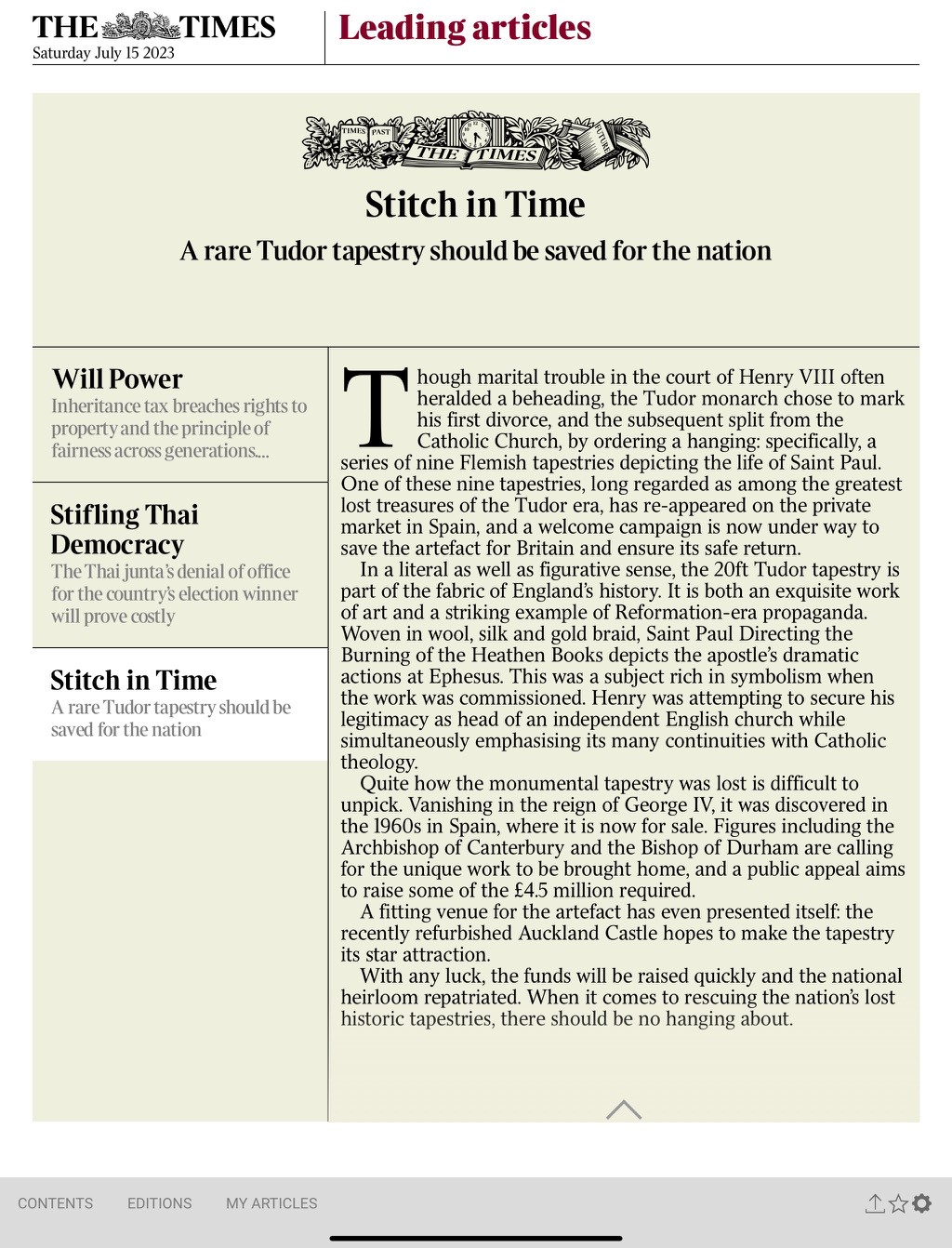
From The Telegraph:
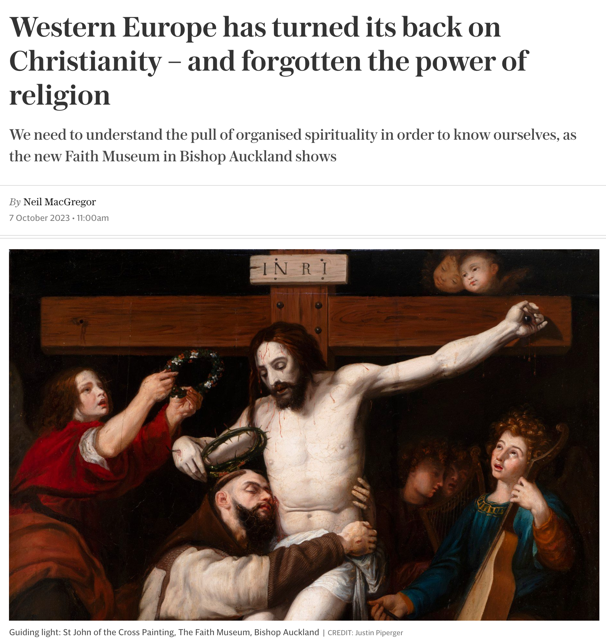
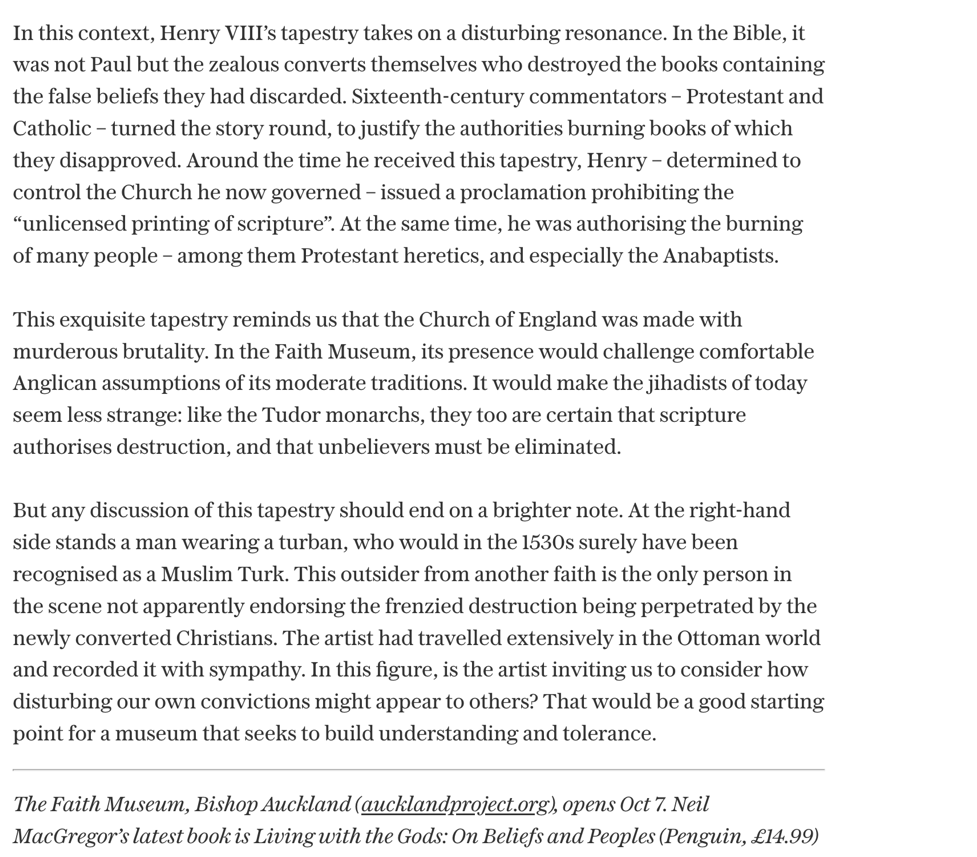
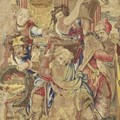 Campaign by
Campaign by 